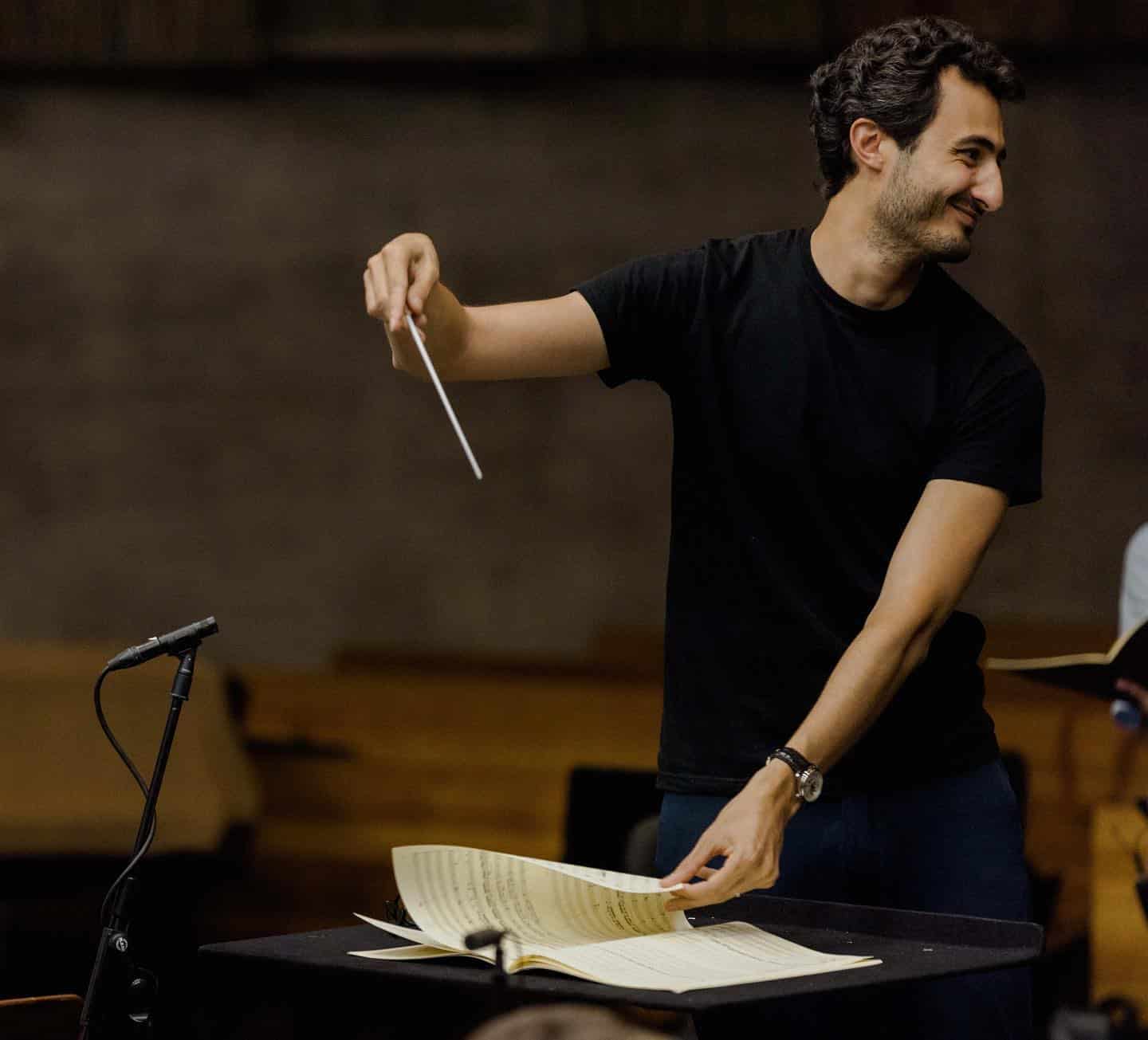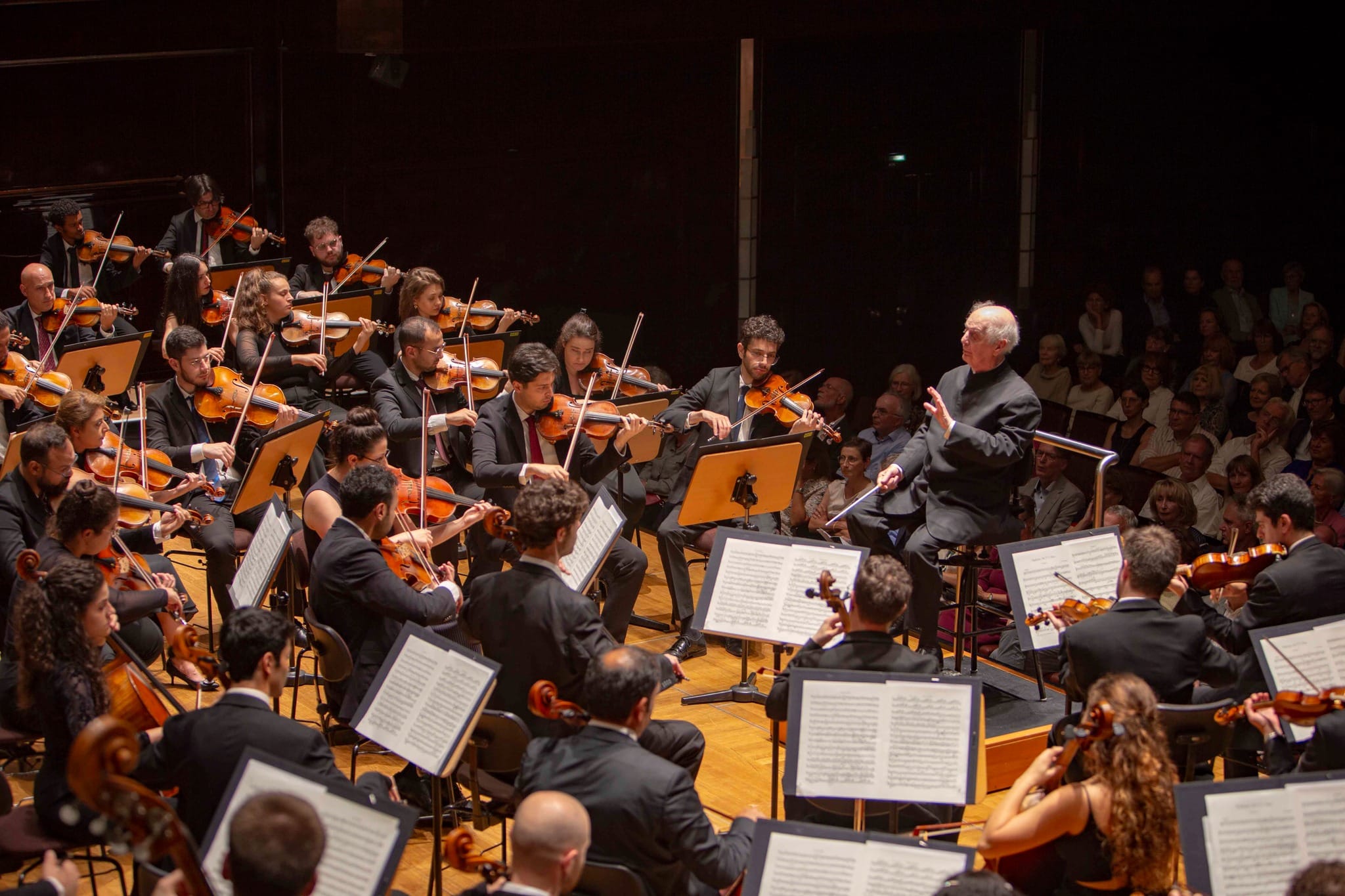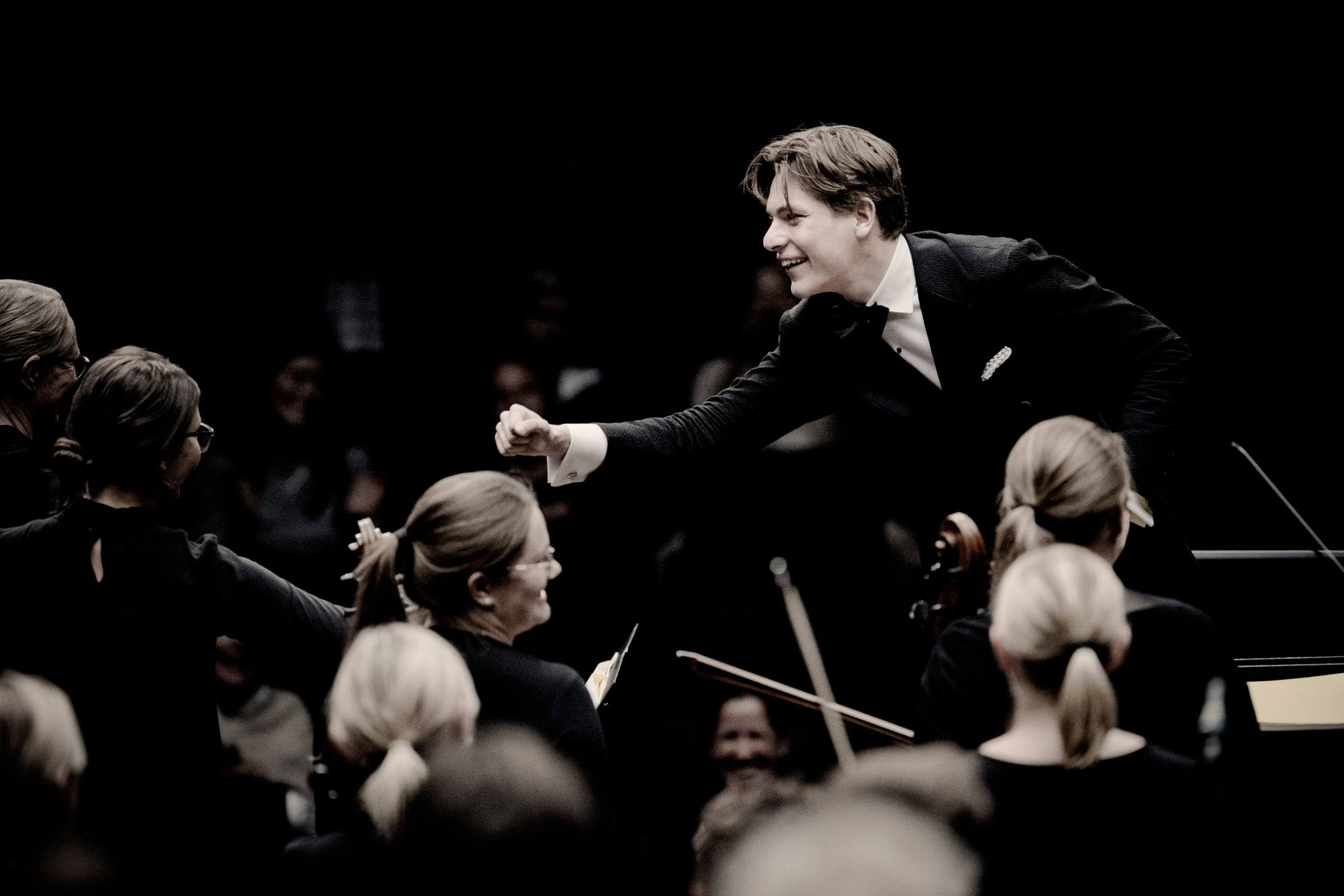The Wagner Society dislikes the new-look New York Times
mainThe following email has been sent to the Arts section editors of The New York Times:
As President of the Wagner Society of New York, I, plus many thousands of readers of The New York Times, have noticed over many months, and most recently in the last two weeks, that the coverage of culture in the Arts pages has greatly decreased. I’m also writing on behalf of my husband Harry L. Wagner (editor of our publications); we have relied on the Times for decades as a source of information and reviews.
Announcements of the redesigned Arts sections have appeared in recent days, beginning on Dec. 11. The editors stated that they are “excited about design changes and new features.” We are exercised, not excited, about these changes. You are giving much less space to the events listings, and also much less space to reviews of music events, as has been the case for some time. This is a very bad trend, seen nationally, but one had hoped that the Times would not succumb to this weakening and dilution of arts coverage. The arts, particularly music, are the reason many of us live in the New York area, and the Times needs to cover this essential aspect of life, including for its national readers..
On Dec. 13, we were informed in an boxed item entitled “A New Look for These Pages” that there is an expanded “Arts, Briefly” column and we note the new feature “Ready, Set, Go — Your Daily Arts Fix” which selects three items that we should look for. But we need listings, not editorial opinions in an over-designed format. Huge and excessive photos in the Arts sections mean they don’t have to do as much work in compiling the listings that are far more valuable to their readers. Photos have been getting bigger and bigger; information and listings, fewer and fewer, and highly selective.

One editorial response to a reader and friend stated: “You can find all of our classical music reviews online at https://www.nytimes.com/spo
We note the following message from the editors, which has appeared briefly in Arts sections: “Tell us what you think at culture.feedback@nytimes.
Nathalie D. Wagner
President
Wagner Society of New York





Well, they seem to be entirely right. If NY wants to remain a cultural centre, it’s best-known newspaper should support such wish, not undermine it.
My suspicion is that high glass sky scapers reflect magnetic micro waves too strongly, affecting the human brain.
Even the Times sorry lot of music critics, save for Mr. Tommasini when he puts in the work, was better than nothing when everyone was writing something and covering damn near everything that went on. Page, Smith, and especially Crutchfield (whose review/analysis of what was great and also awful about Von Karajan was imperishable) were pretty reliable and generally knew the difference between the composition and what the performer brought to it, and Holland was at least stylish. Not so these days, but as I said it’s better than the near-to-nothing the Times has decided to go with now.
Neither do I. But then it is the propaganda wing of the Democrats anyway, so what does it matter.
You prefer Breitbart, then? Pot and kettle!!
If you read all “her” comments it is pretty obvious the this “Sue” is a right-wing “troll-bot” identity set up by the likes of Breitbart, to spread the poison. This ‘Sue” identity has no actual interest in music, but only seeks out key words, such as New York Times, and injects various hateful comments. It’s a well known technique to artificially magnify the presence of hate-mongers, notably practiced by Daesh as well. It’s more noticeable in a context like this because the notion that people interested in classical music are anywhere near this far right does not play out in actual fact.
The overall intention is to sour any kind of journalism the way politics has been soured – to drive reasonable people of goodwill away from engaging with it, and thus to gain complete control. So far it has been frighteningly successful.
The principal argument is not the re-design of the Arts section, but the decision on the board of directors of the New York Times to drastically reduce the reportage, particularly classical (symphonic/orchestral) music and opera, which threatens to decrease further the readership of the print edition. The proliferation of large-format photos has become pervasive in all departments, not just the arts pages. The board is obviously bolstering and relying on soft topics (food, fashion, separate “styles” sections for women and men, and increased coverage of hip hop events) to find new readers.
Any sensible reader who also peruses the business section knows that newspapers are in free fall. One wonders how many foreign “desks” have been closed and how many foreign reporters get their pieces accepted occasionally for a small fee by the “newspaper of record.”
Is cancellation of one’s subscription out of protest the answer, or will this merely lead to a faster demise?